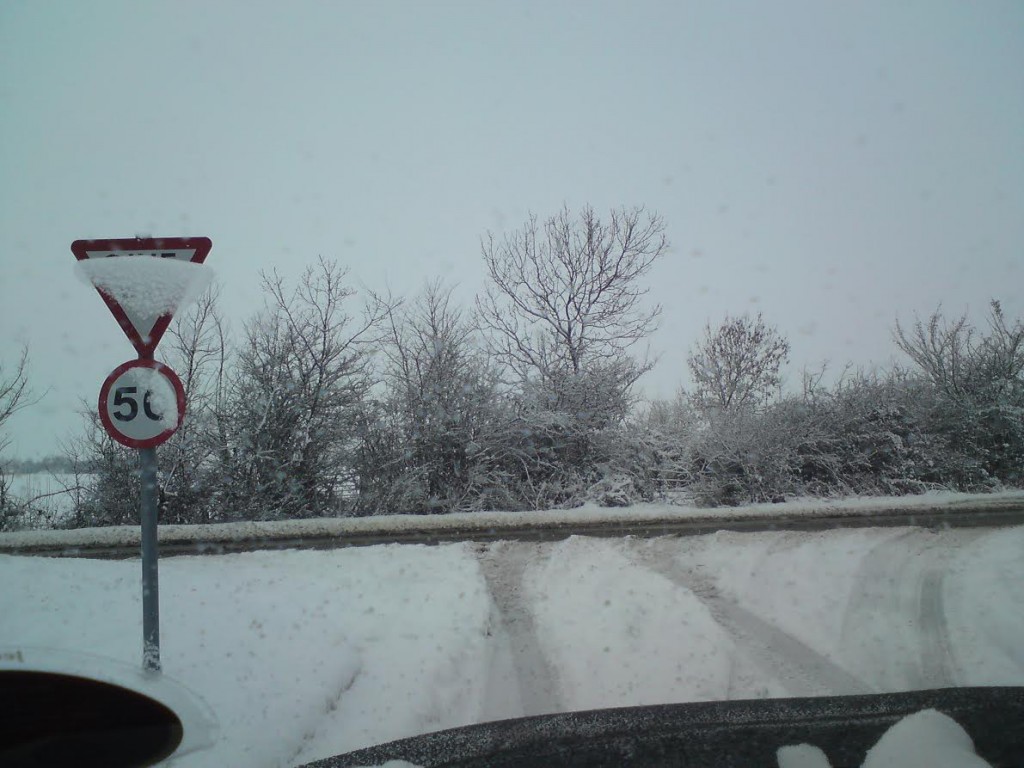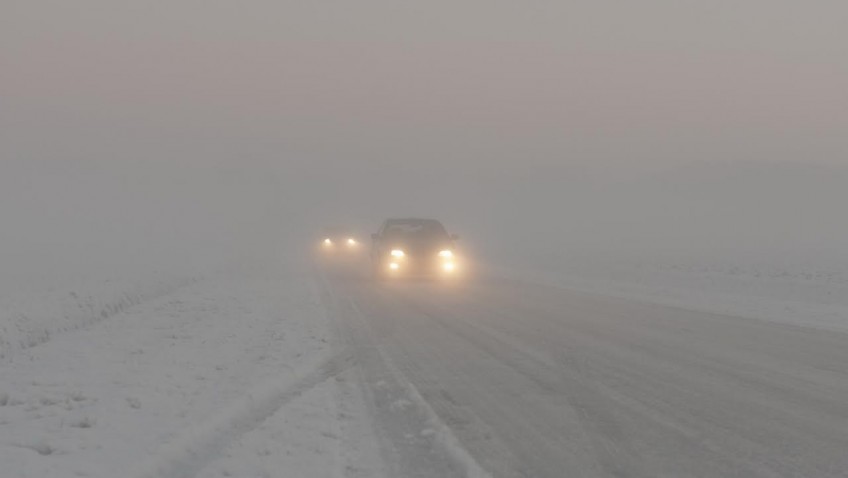Driving in what is now recognised as the most congested country in Europe brings ever more hazards in the Winter.
Here are some tips to prepare motorists for the winter from the Institute of Advanced Motorists RoadSmart’s head of driving and riding standards Richard Gladman.
Cold weather driving
- Keep the windscreen clear. Try to get scratches, abrasions and chips fixed as colder temperatures can worsen the damage. Keep the windscreen washer topped up with a more concentrated screen wash mix to ensure it doesn’t freeze in action. Lastly, search in the garage for last year’s de-icing spray or better still invest in a new one
- Check your tyres. 1.6mm may be the legal limit but anything under 3mm will see a potential fall off in grip and breaking performance. If long-term cold weather is forecast, and you can afford it, invest in a set of winter tyres approved by your car manufacturer. Don’t follow urban driver myths of reducing the tyre pressure to get more grip – it simply doesn’t work
- Set up a pre-winter check list. List things that need to be checked such as the car battery, bulbs, wiper blades and electrics. You don’t want to be stranded in a cold car in the middle of the night waiting for the recovery team to get you up and running again
- Dress appropriately for the weather. It may be surprising but too many drivers dress based on a working car heater. If it breaks or you are stranded you can easily be caught cold
- Start to plan for the really bad weather with a survival kit in the boot. Spare clothes, a torch, mobile phone charger, some emergency rations such as water and chocolate and a tow rope and shovel to help yourself and others.
Richard said: “winter is unpredictable but highway authorities have already planned for it by building up their salt stocks and getting the snow clearing equipment out of storage. If they are getting ready, then so should you? With a little bit of preparation, you can avoid getting stuck and adding to the problems that bad weather can bring”
Driving in the Dark
Here are some tips to prepare drivers and riders for driving in the twilight zone.
- Familiar routes can pose totally different challenges in the dark so make sure you are wide awake and looking out for pedestrians and cyclists in the gloom
- Check your car lights. They are there for your safety and those around you. Do a daily walk around to check all lights are working and use a wall or garage door to check the rear lights if you are on your own. Changing a bulb on a modern car is often a garage only job so get it done before the police stop you and issue a ticket or repair notice
- As well as being seen you need to see so get an eyesight check-up. It is vital to have your sight checked regularly as this may heavily affect your night vision. With age your eyes take in less light, no matter how fit you may feel, so be aware of your limitations
- Don’t blind me! One of the biggest night-time hazards is the dazzle affect caused by the bright light from on-coming motors. Dip your headlights when you meet other vehicles
- Carry a basic emergency kit. Anything can happen at night and it is important to be prepared. Having a tool kit, torch, map and a first aid kit (if you don’t have one already) can make a real difference
- A fully charged mobile with the details of your breakdown cover is another must.
Richard said: “Per mile driven the risk of a crash is actually higher at night despite the quieter roads. Getting used to night-time driving can take time so take it easy until the old skills come back and you can start to enjoy the new challenges.”
Christmas Anti-drink Campaign
The charity launches its Christmas anti-drink drive campaign recommending that drivers should drink no alcohol at all if they are getting behind the wheel, and to make the designated driver of the group the ‘hero of the road.’
IAM RoadSmart maintains there is no true safe limit as to when a small amount of alcohol becomes risky. Alcohol affects different people in different ways depending on a variety of factors, not least age and build.
It also calls on groups of friends to reward the designated driver, who often feels excluded from a party of people when out on the town, with a free meal to make them feel a ‘hero of the road.’
They have put together a series of sobering (literally) statistics and a set of real-life case studies to make the point that drink driving can wreck lives forever. For example, did you know that having alcohol in your system at just below the limit increases your chances of dying in a crash six-fold?
Sarah Sillars, the chief executive officer, said: “Our Christmas drink drive campaign is all about giving people a clear message – there is no point in drinking up to the limit and thinking everything will be fine. There can only be one guideline – drinking and driving don’t mix.
“We also want to make sure that in a group of friends, the designated driver is recognised as the hero of the road. It is down to him or her that we can all travel safely on the roads. They are making sure we spend the festive season celebrating with our families – and not in the Accident and Emergency ward or worse.”




